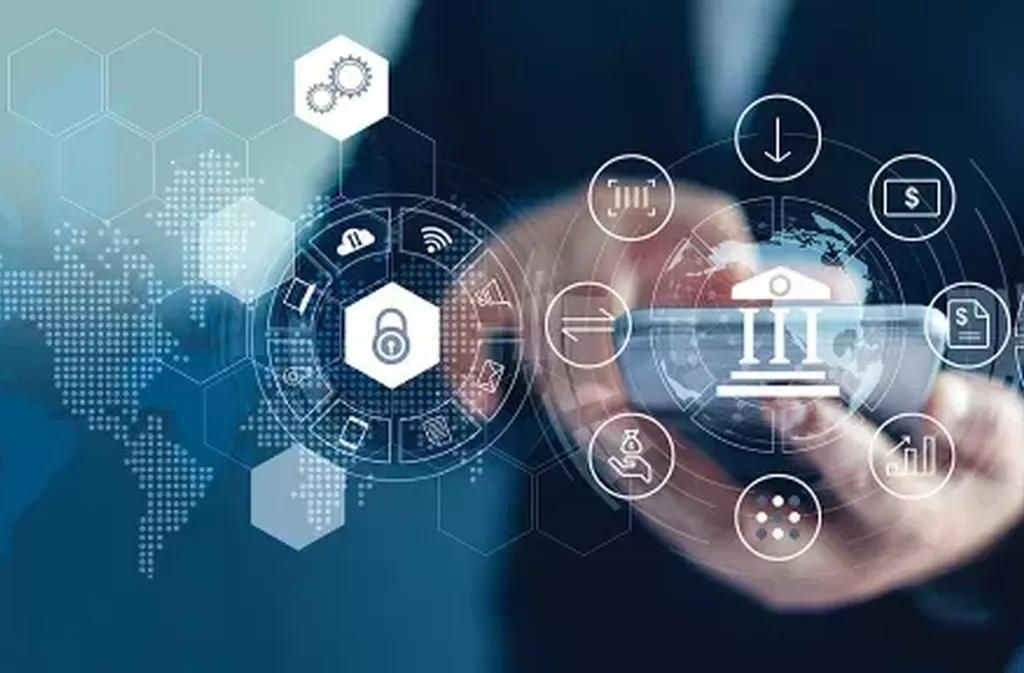The increase & effects of cyber attacks
While working from home has its benefits, it also leaves holes and shows weaknesses in the digital defenses of corporate organizations. Hackers are constantly lurking around the corner, seeking opportunities to exploit any weak links. The number and variety of malware has expanded exponentially, with significantly more than a billion known types. We’ve also seen an increase in targeted phishing campaigns and ransomware attacks, where hackers hold a company hostage. They encrypt and even threaten to disclose confidential or sensitive information if the ransom is not paid. Understandably many companies give in to these demands. However, the actual cyber breach costs are often even higher than the already considerable ransom demands. After all, negligence, and failure to protect data is frequently viewed as a bad practice of governance and negatively sanctioned by regulatory bodies. In addition to financial damage, cyber-attacks also tarnish the reputation of the affected companies, because they negatively impact upon the trust of clients, suppliers and society. Cyber security experts are pulling out all the stops to frustrate hackers in their tracks. But even with continuous research and government monitoring, it’s difficult to apprehend and charge cyber criminals.







